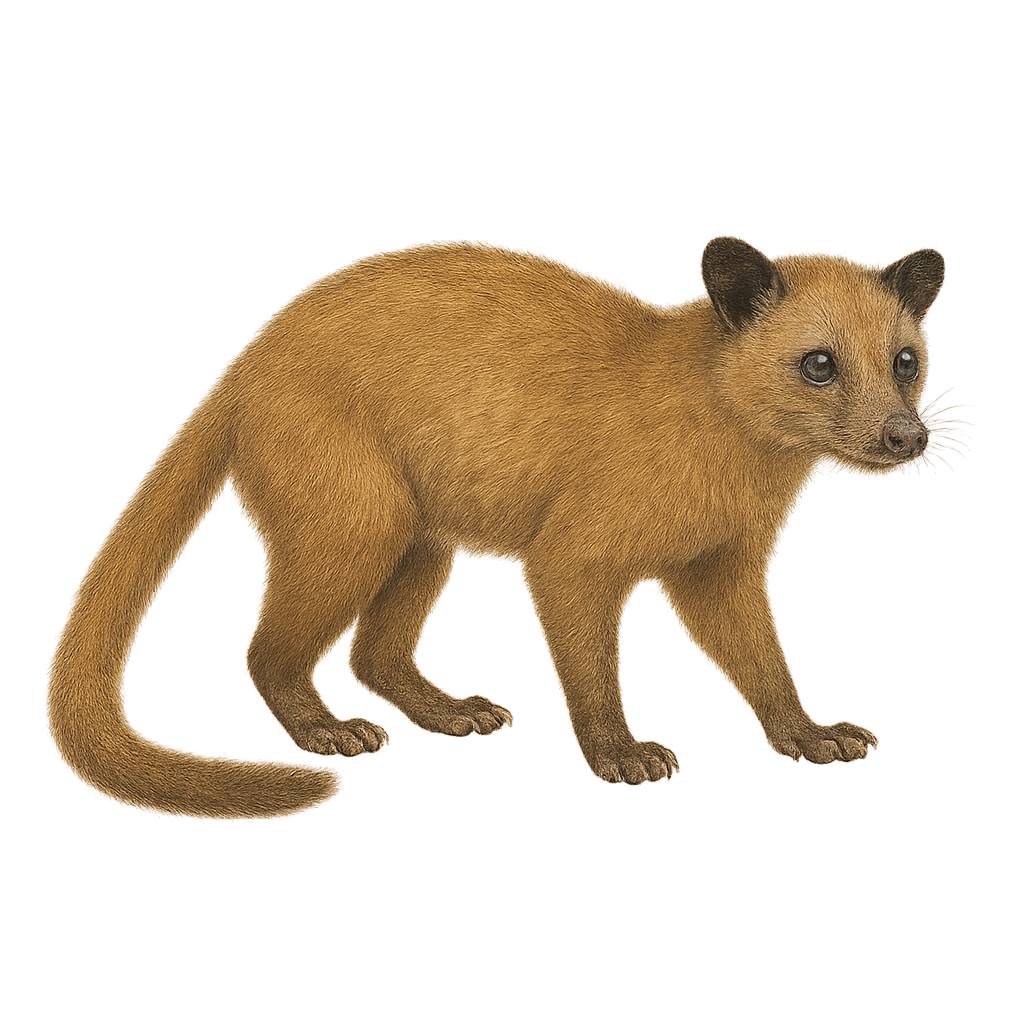Your wildlife photography guide.
Explore the golden palm civet in detail, study its behavior, prepare your shots.
Where to observe and photograph the golden palm civet in the wild
Learn where and when to spot the golden palm civet in the wild, how to identify the species based on distinctive features, and what natural environments it inhabits. The WildlifePhotographer app offers tailored photography tips that reflect the golden palm civet’s behavior, helping you capture better wildlife images. Explore the full species profile for key information including description, habitat, active periods, and approach techniques.
Golden Palm Civet
Scientific name: Paradoxurus zeylonensis

IUCN Status: Vulnerable
Family: VIVERRIDAE
Group: Mammals
Sensitivity to human approach: Suspicious
Minimum approach distance: 10 m
Rut period: March to May
Gestation: 60-65 jours
Births: May to July
Habitat:
Tropical rainforests, tea plantations, wooded areas
Activity period :
Mainly active at night, generally discreet during the day.
Identification and description:
The Golden Palm Civet, or Paradoxurus zeylonensis, is a nocturnal mammal endemic to Sri Lanka. Belonging to the Viverridae family, it is primarily found in tropical rainforests, tea plantations, and wooded areas. This species is recognizable by its golden fur and bushy tail. It is omnivorous, feeding on fruits, insects, and small vertebrates. Although elusive, it plays a crucial role in seed dispersal, contributing to the biodiversity of its habitat. Unfortunately, deforestation and habitat loss threaten its survival, classifying it as vulnerable according to the IUCN.
Recommended lens:
400 mm – adjust based on distance, desired framing (portrait or habitat), and approach conditions.
Photography tips:
To photograph the Golden Palm Civet, it is advisable to use a 400mm or longer telephoto lens to capture detailed images from a distance. Being a nocturnal animal, the best time to observe it is at dusk or dawn. Use a tripod to stabilize your camera and adjust the ISO settings to compensate for low light. Be patient and discreet to avoid scaring the animal.
The WildlifePhotographer App is coming soon!
Be the first to explore the best nature spots, track rutting seasons, log your observations, and observe more wildlife.
Already 1 429 wildlife lovers subscribed worldwide

